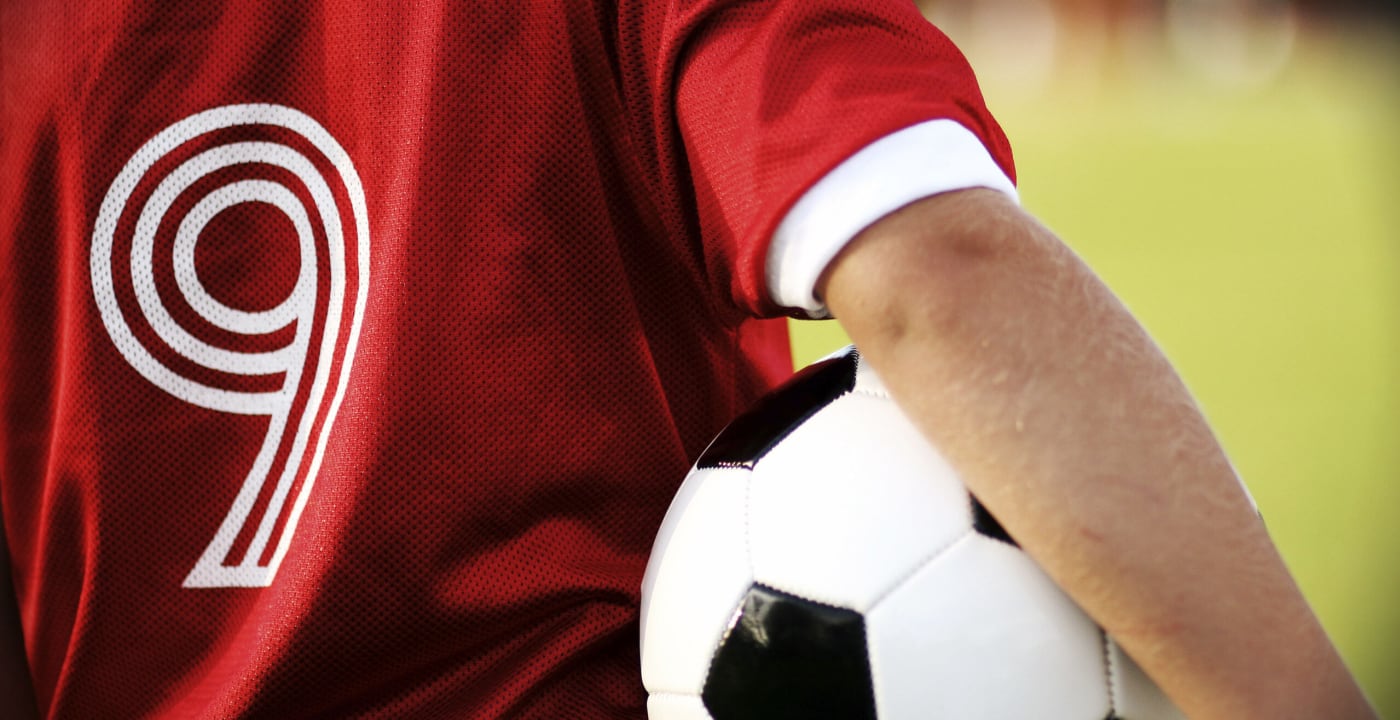Sports concussion: The latest safe practices

Safe practices when it comes to sports-related concussion are always being reevaluated.
The Concussion in Sport Group (CISG) is an international panel of experts who convene every few years to review the latest concussion research. They provide recommendations on the best ways for health care professionals to diagnose and treat athletes at all levels of sport who have had a concussion.
The following guidelines and recommendations are based on the latest clinical best practices, including updated guidance from the CISG.
Recognize and remove
As a coach or parent, it’s extremely important to know what a concussion is and is not.
Concussion is caused by a blow to the head, neck/face or other area of the body in which forces are transmitted to the head. It causes symptoms that may develop immediately or within 24-48 hours of the injury.
Concussion represents a functional injury to the brain, meaning the brain does not function as well as an uninjured one. Brain functions affected include balance/equilibrium, sleep, mood and cognitive function (e.g., short-term memory).
The most common initial symptom of a concussion is headache — but dizziness, confusion or disorientation are also common. You don’t have to lose consciousness to get a concussion.
If an athlete sustains a blow to the head or body and doesn’t seem quite right, the adage is, “when in doubt, hold them out.” No athlete should return to play the same day a concussion is suspected.
Evaluate
It’s important to have a licensed medical professional evaluate any athlete with an injury before they return to play.
In Washington, physicians, nurse practitioners, physician assistants and athletic trainers help with this process. Certified athletic trainers are useful for sideline evaluation of head injuries. They understand and are skilled at return-to-play progression once symptoms resolve.
Remember: Sports-related concussion is a functional, not structural, injury to the brain — so standard brain imaging is often not helpful, as it shows brain structure. Emerging imaging modalities may be able to give more information about concussions, but they’re primarily used in research at this point.
Rest
Rest is the cornerstone of concussion treatment, but this doesn’t mean staying in a dark room with no stimulation until symptoms are resolved. Current medical evidence does not support this beyond 24-48 hours after the injury.
A good night’s sleep is often one of the best treatments for concussion recovery (eight to 10 hours without interruption).
Recovery
Most individuals recover from a concussion within 10-14 days, but this can vary widely. Younger children (under 12-13) often take longer to recover.
Research shows that gradually returning to aerobic activities before complete symptom resolution can be helpful in improving symptoms and shortening recovery times.
In cases where recovery is longer than four weeks, some risk factors are often involved: high levels of initial symptoms, poor sleep, previous history of concussion, pre-injury headaches, pre-injury mental health struggles and even ADHD. These risk factors must be evaluated and treated to help facilitate recovery.
Return-to-learn
After the initial rest of 24-48 hours post-injury, it’s important to gradually reintroduce normal daily activities (including school and physical activity) as part of the recovery process. It’s like rehabilitation for your brain.
I like to start the process of return-to-learn as soon as reasonable. It’s important to work with school staff to ensure students are ramping up gradually and not going from doing nothing to a full day of school. This may include frequent rest breaks, limited screen time, extra time to complete assignments, and avoiding sports or games in PE classes or after-school activities that would put the student at risk of a fall, collision or contact.
Return-to-sport
Research shows that gradually returning to aerobic activities (walking, cycling, swimming or running) before complete symptom resolution can be helpful in improving symptoms and shortening recovery times, especially for those experiencing longer-lasting symptoms.
I tell athletes to start going for a walk every day and, if that goes well, get on a stationary bike. If they can tolerate that, then slowly progress to jogging, but don’t start running right away.
I will sometimes refer patients to physical therapy to do an exertional test, which monitors heart rate during aerobic activity. When symptoms like headaches or dizziness appear, we note their heart rate at that moment. That’s used as a guideline for their recovery activities — that is, they should only get their heart rate just below that threshold so their symptoms don’t come back.
However, just because the athlete is doing aerobic exercise as part of their recovery doesn’t mean they are cleared for contact sports. They will still need to complete the return-to-play protocol.
Prevention
Recognizing and removing injured players helps prevent longer and more difficult recoveries from concussion.
Regarding sport-specific prevention, policy and rule changes appear to have the greatest effect, and several recommendations arose from the Concussion in Sport Group’s conference in fall 2022 around this particular topic.
For football, studies have shown a 64 percent reduction in practice-related concussions when restricting the amount and duration of contact during practices. The CISG therefore recommends limiting contact practices at all levels of play.
In ice hockey, body checking used to be allowed at all ages, but a rule change has eliminated checking until age 14. As a result, concussions in child/adolescent ice hockey have been reduced by 58 percent.
Also in hockey, mouth guards have been shown to reduce the concussion rate by 28 percent. The recommendation is for mouth guards to be mandated in child/adolescent ice hockey.
If your student athlete has experienced a head injury during practice or play, it’s critical to get them examined by a trained medical professional, even if concussion has been tentatively diagnosed on the field.
Editor’s note: This article was originally published in 2017 and updated in 2023.




